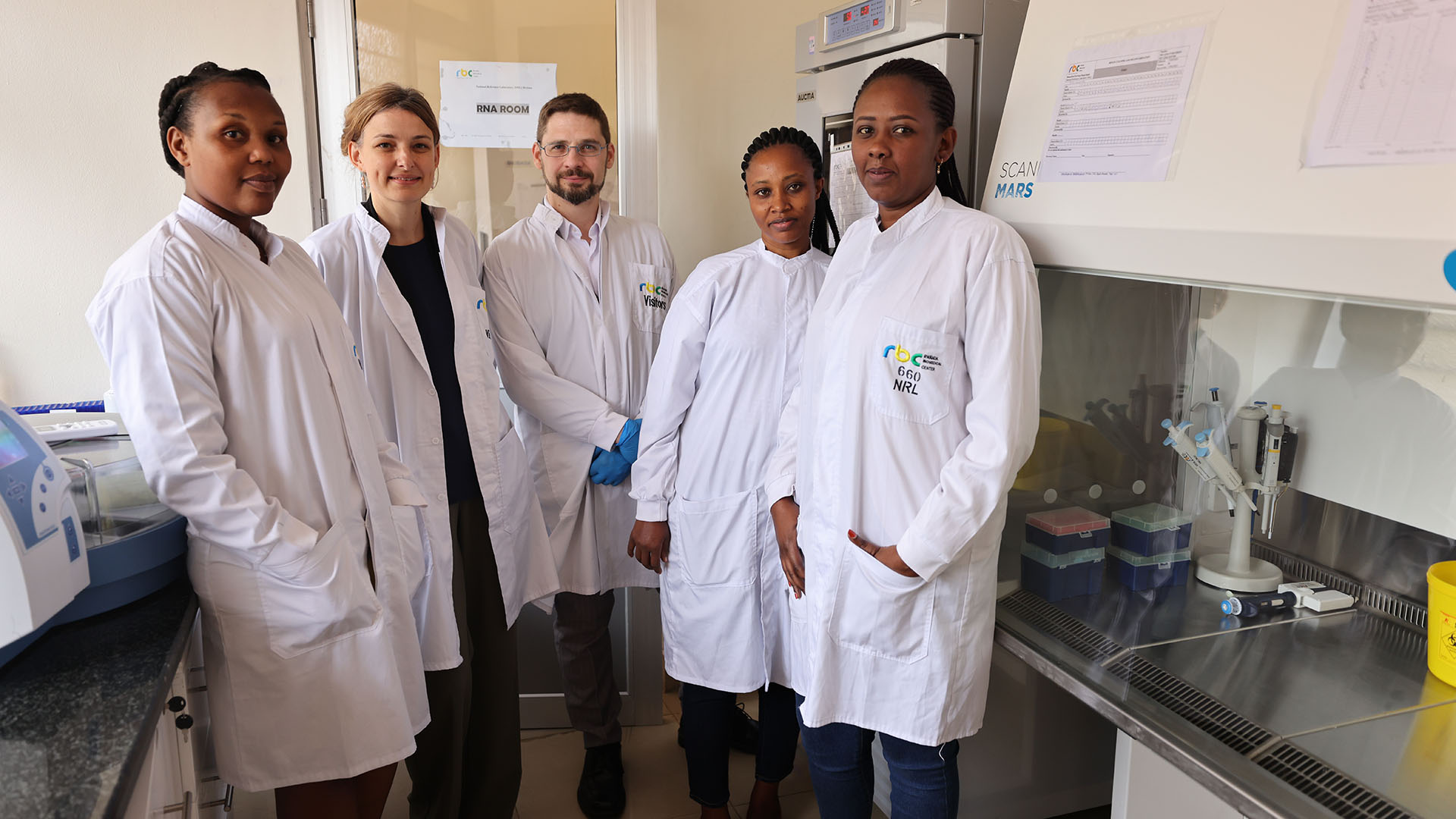Rwanda is building a disease intelligence system
January 24 2024

By Lora du Moulin, Global Health and Security Lead, and Molly Shapiro, Fellow at Biothreat & Disease Surveillance Initiative, World Economic Forum
This post is an excerpt from an article about the World Economic Forum’s 2024 Annual Meeting
The evolution of this landscape demands a new approach to detecting and responding to biological threats. The future approach to global health security infrastructure should be innovative, public-private-centric, and increasingly focused on building localized end-to-end systems that provide self-sufficiency.
In response, the World Economic Forum recently launched the Biothreat & Disease Surveillance Initiativeto catalyze the establishment of public-private collaborations that improve the capacity to prepare and respond to biological threats.
This Initiative will convene a dedicated community of industry partners and, through a stepwise process, co-design with select governments and public health institutions, new business and operational models capable of responding to biological threats.
Recognizing the complex causality of such threats and the multi-sectoral responses required, this Initiative brings together a diverse set of industries beyond just the health sector (e.g. social media, technology, re-insurance, telecoms, travel, mobility, supply chain and logistics).
To showcase how end-to-end, public-private health security infrastructure can be configured, the Government of Rwanda has built a series of multi-sectoral partnerships with CEPI, Ginkgo Biosecurity, BioNTech, and IQVIA.
This collaboration has the potential to model the world’s next generation biosecurity infrastructure starting with detection of a novel pathogen and delivery of a safe and effective vaccine within 100 days. This effort is aligned with CEPI’s 100 Day Mission, a global effort spearheaded by CEPI and embraced by the G7 and G20.
Rwanda’s end-to-end system begins with proactive monitoring for biological threats at Kigali International Airport. Here, Ginkgo Biosecurity, in collaboration with the Rwanda Biomedical Centre, analyzes wastewater and nasal swab samples for pathogens carried in on arriving flights.
Similar to global satellite coverage or constant radar monitoring hurricanes, this programme becomes part of a global network of “biothreats radar” systems monitoring locations where biothreats are likely to emerge. By running this programme, Rwanda is able to immediately collect information and understand threats, significantly improving early warning.
In their 2023 Biological Security Strategy, the UK calls the idea of these types of systems that monitor areas of risk “biothreats radar”. In the US, with a similar system run by Ginkgo Biosecurity, the CDC has already demonstrated the ability to detect variants of SARS-CoV-2 over 40 days before by monitoring aircraft as they land. They have recently expanded to cover over 40 different pathogens.
Biothreats radar systems collect samples from the environment (such as wastewater), extract non-human DNA, read that DNA on genetic sequencers, and turn these samples into high-fidelity information. With this data, users can detect, characterize, and assess potential biological threats, all while preserving individual privacy.
Instead of the collective current approach, which is generally to conduct bespoke sampling or wait for a biological threat to surface in a hospital emergency department, we can use Rwanda’s model to build a system that collects the genetic code of potential biothreats persistently and extensively across the world could be replicated, creating a critical network starting at the local level.